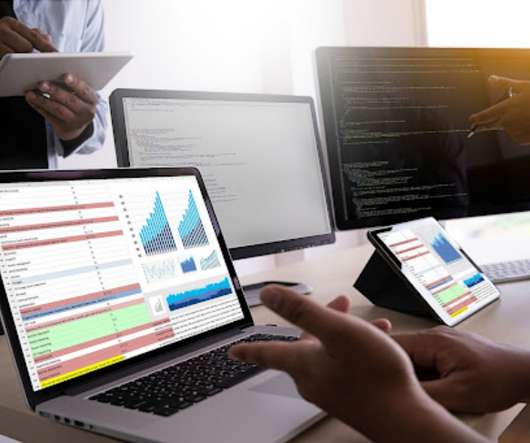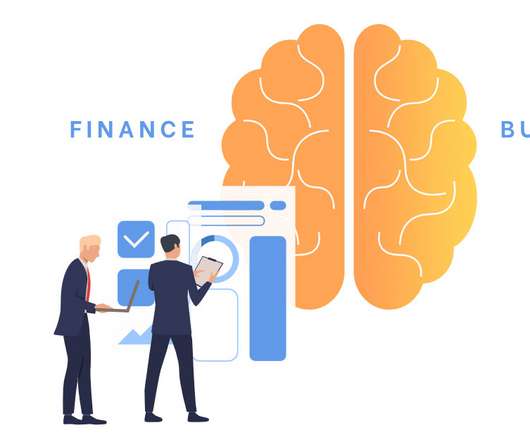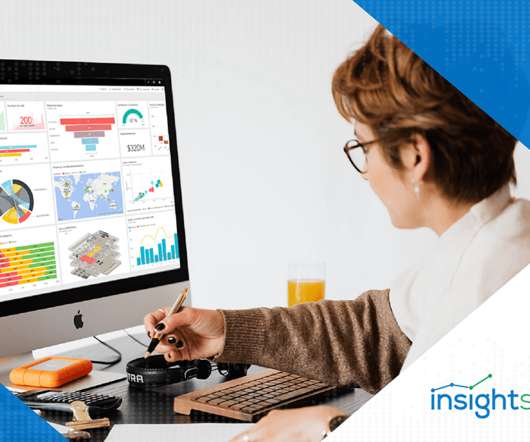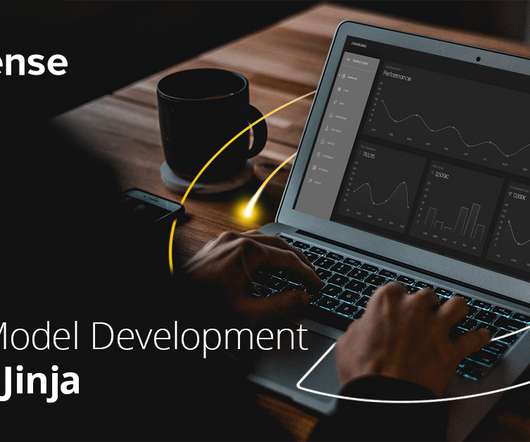What is business intelligence? Transforming data into business insights
CIO Business Intelligence
JANUARY 20, 2023
Business intelligence definition Business intelligence (BI) is a set of strategies and technologies enterprises use to analyze business information and transform it into actionable insights that inform strategic and tactical business decisions. BI tools could automatically generate sales and delivery reports from CRM data.























Let's personalize your content